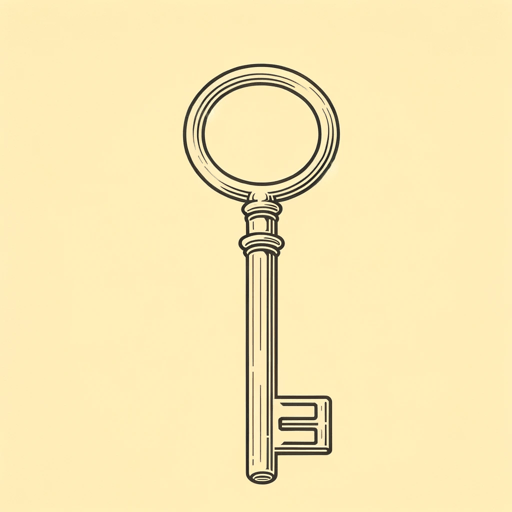54 pages • 1 hour read
Jack FinneyContents of the Dead Man's Pocket
Fiction | Short Story | Adult | Published in 1956A modern alternative to SparkNotes and CliffsNotes, SuperSummary offers high-quality Study Guides with detailed chapter summaries and analysis of major themes, characters, and more. For select classroom titles, we also provide Teaching Guides with discussion and quiz questions to prompt student engagement.
Symbols & Motifs
Yellow Paper
Tom’s yellow sheet of paper is the major symbol in the story. On it he scribbled all the information he compiled during countless hours spent completing a project that he hopes will impress his boss. Working evenings and during lunch for weeks, Tom focused his life entirely on adding more data to the single sheet of yellow paper. His project is “[an] idea for a new grocery store display method” (22), and without those notes, his idea would lack substantiation. Tom hopes that impressing his boss will lead to continual advancement in his company until he reaches the top. At the beginning of the story, the yellow paper symbolizes Tom’s overriding ambition to succeed.
The yellow paper also symbolizes Tom’s relationship with Clare. Every evening hour he spends scribbling notes is an hour he could have spent with her. Sending Clare to the movies alone and staying home to type his notes into a memo for his boss is a continuation of how Tom is choosing to live. He loves Clare, but he sacrifices their time together, never considering her feelings. Completely fixated on his work, Tom is unaware that by essentially abandoning Clare, he denies them both companionship and joy in life.


